Business owners must be turning to different AI models to create mobile apps due to the acceptance of AI in the digital age. OpenAI is one of the market’s most potent and sophisticated AI platforms. With funding of more than USD 1 billion as of January 2023, it is also the machine learning platform with the highest funding, according to Statista.
But how can you tell if OpenAI is the best paradigm for your app development endeavour? For this reason, you should carefully consider the benefits and drawbacks of utilising OpenAI for app development.
What is OpenAI?
OpenAI was first brought to Silicon Valley in 2015 by tech titans Elon Musk and Sam Altman. It started as a straightforward concept driven by the ambition to create artificial general intelligence (AGI), an AI system that can reason and apply knowledge to novel situations.
OpenAI intends to create more amazing systems that can surpass human capability on a larger, more terrifying scale, even though existing AI systems have already demonstrated their superiority to human intelligence.
The for-profit arm of OpenAI Inc.’s nonprofit company is called OpenAI. The mission of OpenAI is to study and develop amiable artificial intelligence. Aiming to “create artificial intelligence and apply it to [OpenAI’s] significant purposes, such as giving advantages to all humanity and not being restricted by the criteria to generate financial profit,” according to Musk, was the company’s stated mission.
Additionally, Musk and Altman’s rising existential worries about the possibility of a major catastrophe brought on by the thoughtless exploitation of general-purpose AI were a factor in the founding of OpenAI. The San Francisco-based startup has a long-term goal of creating significant fundamental advancements in AI, concentrating on technology that benefits society.
Potential Risks of OpenAI:
We have already seen the benefits of OpenAI when used properly. But everything has a negative side, just like a coin has two sides. Here let’s see some of the potential risks of OpenAI:
- Autonomous Weapons
Programming harm-inflicting AI is a surefire prescription for disaster. Even the prospect of a global nuclear arms race being replaced by the threat of an autonomous weapons race has been raised by researchers.
Technologists are concerned about the devaluation of human life, even though they are not worried about machines developing their consciences.
- Social Manipulation
Internet users are becoming more and more aware of the power of tailored advertising today than ever before. In actuality, the tendency to raise concerns stems from the high level of accuracy.
Autonomous power algorithms are used to comprehend who you are, what you enjoy, and what you think. However, these same algorithms can be misused to disseminate false information in whatever manner the user finds most compelling.
- Discrimination
AGI will be able to gather, learn from, and analyse a tremendous amount of data about you; therefore, these computers may use that data against you.
Although the machines are intended to learn and make their own decisions, it’s crucial to remember that the people who created these futuristic devices have their prejudices.
- Security and Data Breach
OpenAI raises privacy and security issues because it is frequently trained on massive data sets. This contains a great deal of private information and financial information. Additionally, private information could be sent over the internet when calling APIs.
Therefore, there is considerable potential for a data breach if it is not handled appropriately. You should be aware of these security issues while utilising OpenAI models.
- Lack of Transparency
Given the complexity of OpenAI’s models, you may need help comprehending them. You might only be able to understand how these models analyse data and how information is utilised to make judgements if there is more transparency.
Additionally, as a private company, it might only be able to provide some of its technology’s specifics. As a result, there won’t be any issues with interpretability, security, or privacy.
Conclusion
OpenAI offers advantages and limitations, just like any other tool. Through this guide, you learn in-depth information about the benefits and drawbacks of using OpenAI in app development. Therefore, you must consider the cost, technical requirements, and ramifications for data privacy and security before proceeding with any decision.
At the same time, OpenAI has substantially impacted network security, and its competence in machine learning and artificial intelligence will probably continue to be crucial in enhancing security.
Consult with our knowledgeable team at Techmindz if you need help understanding the function of the OpenAI.

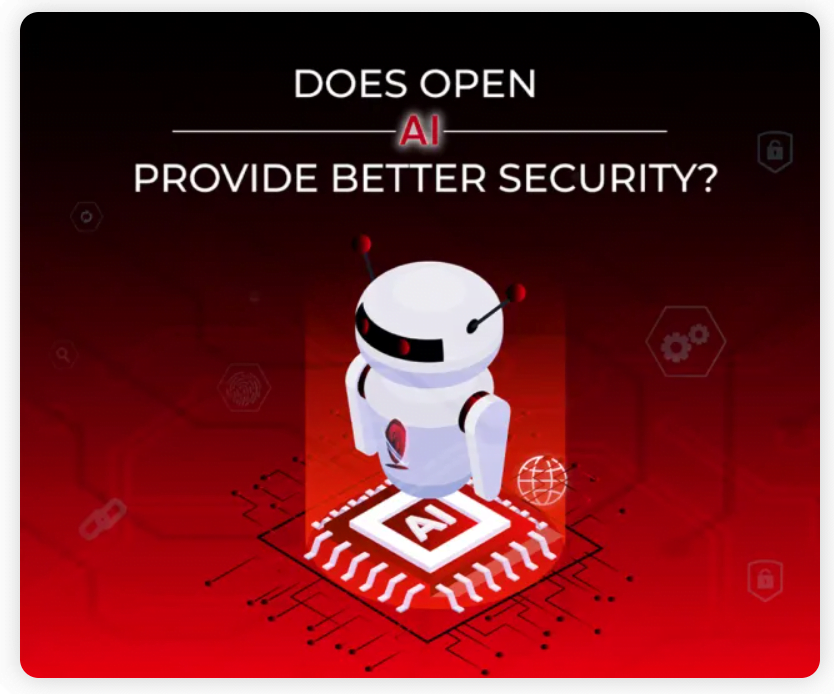



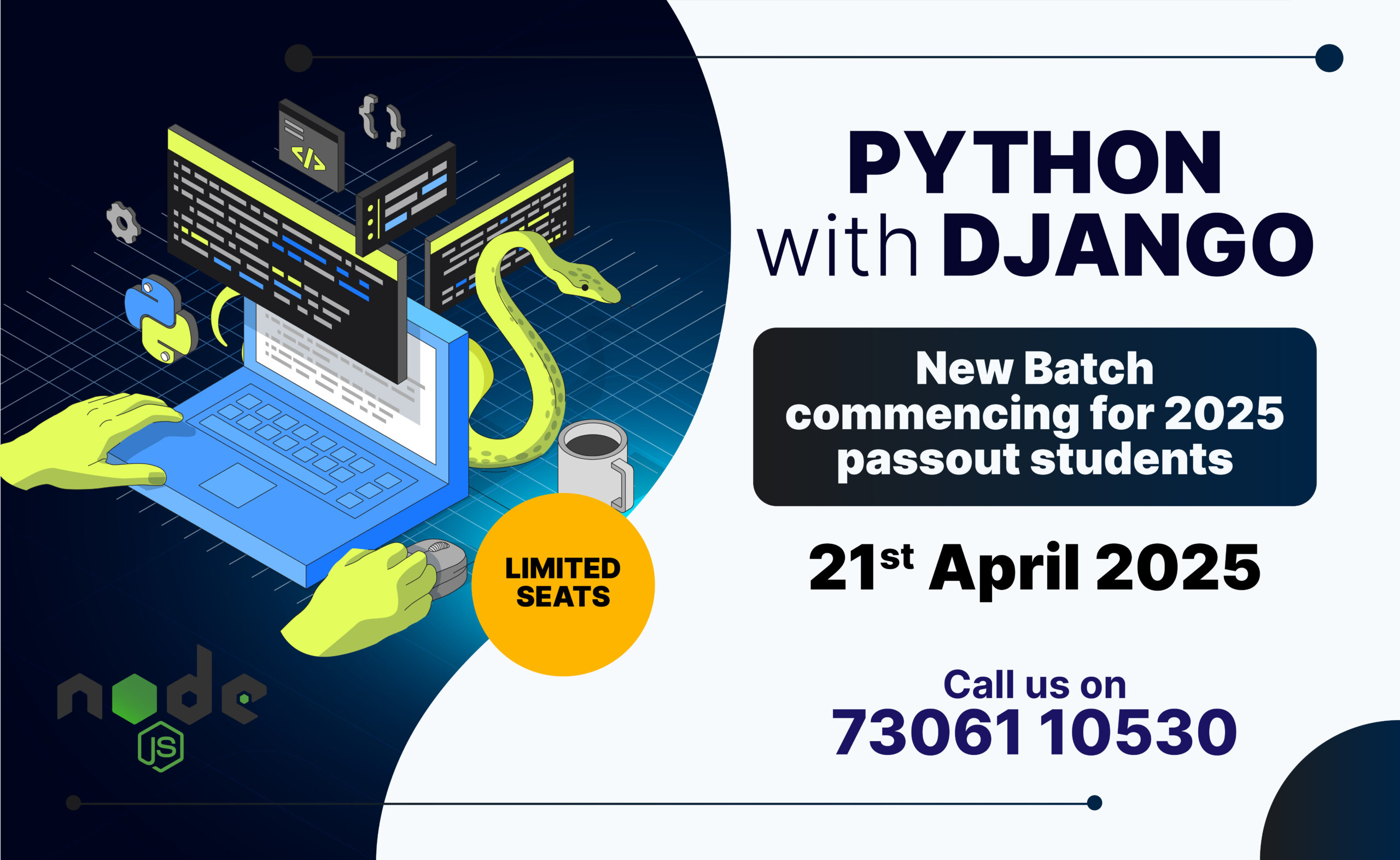


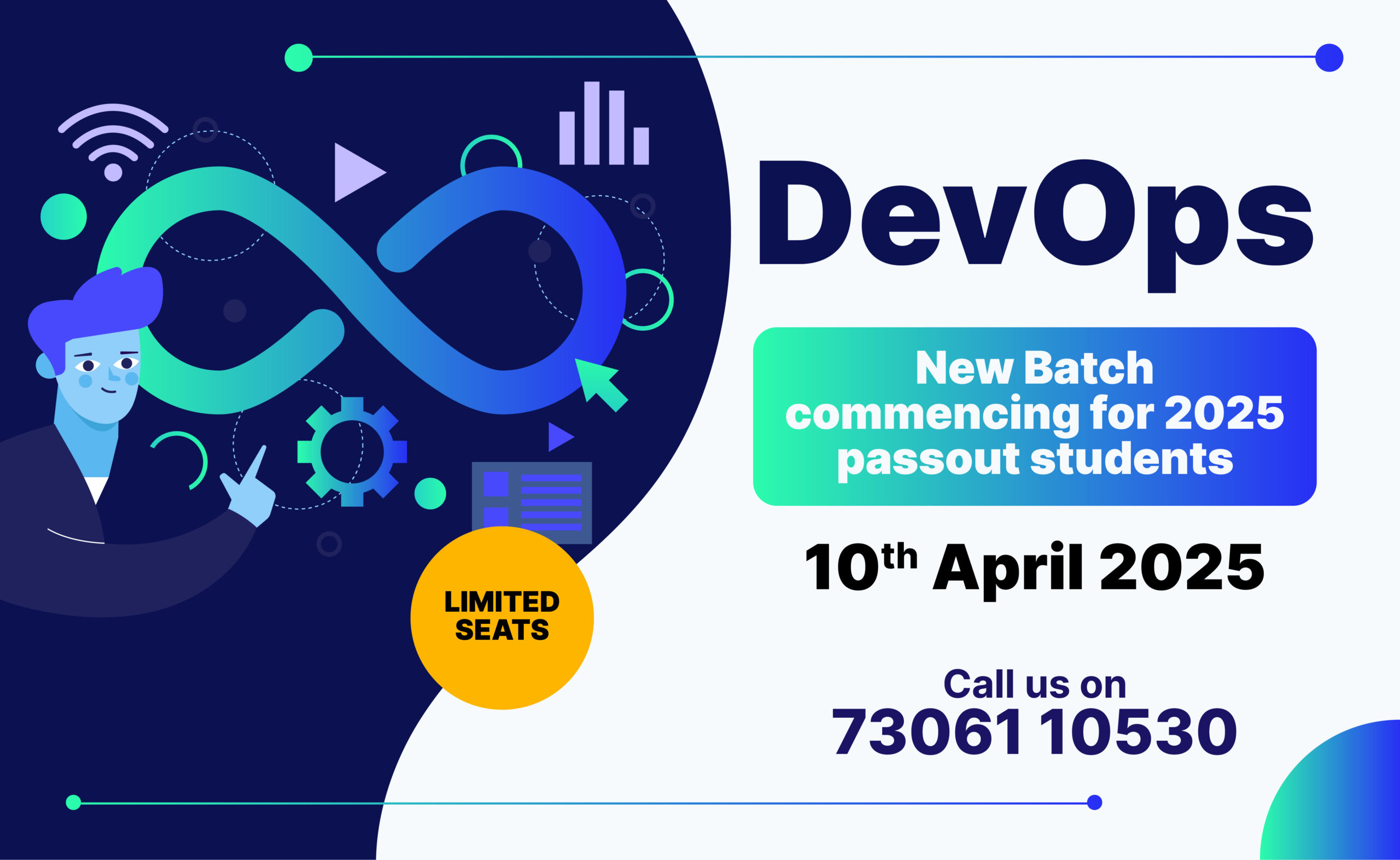

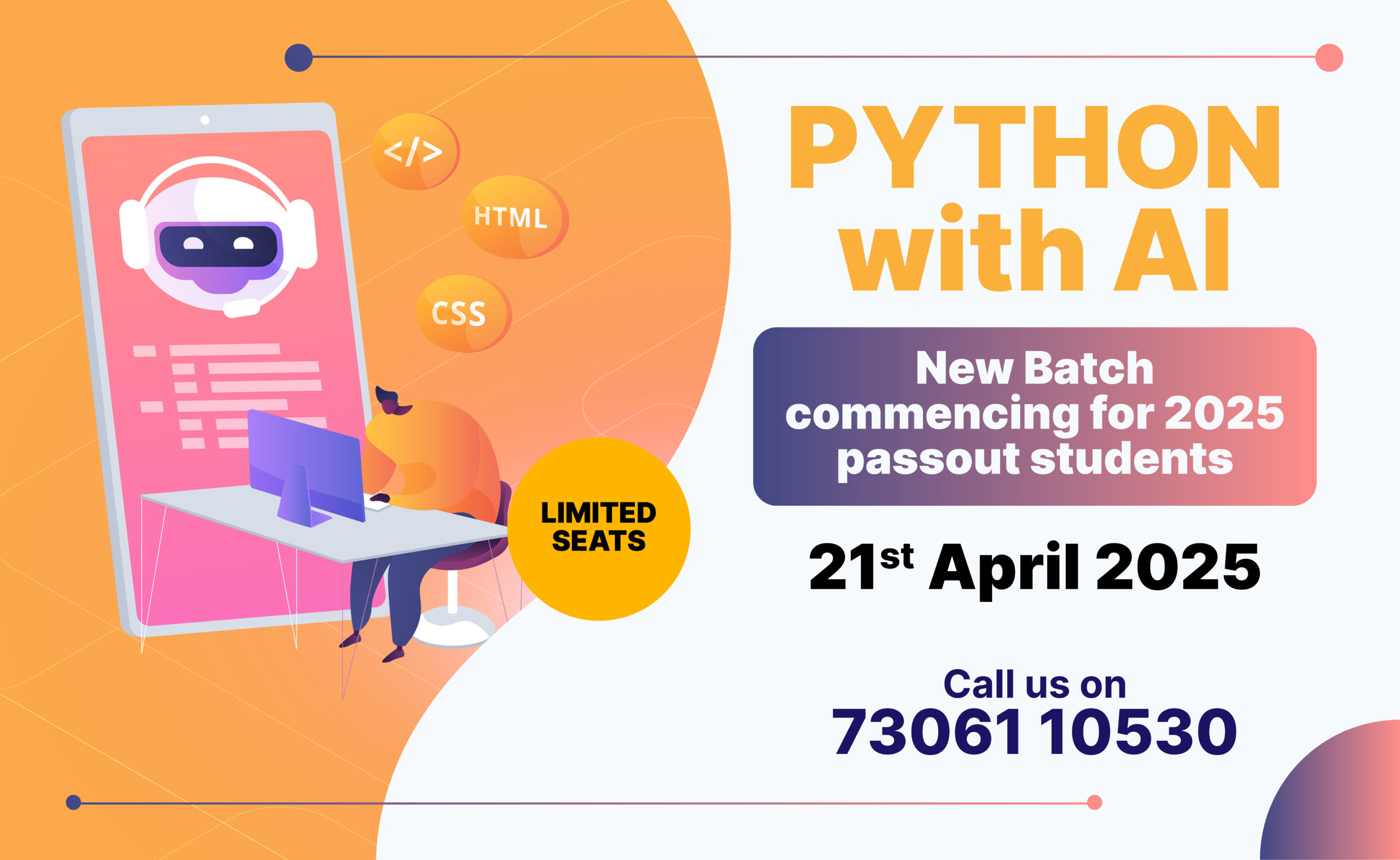
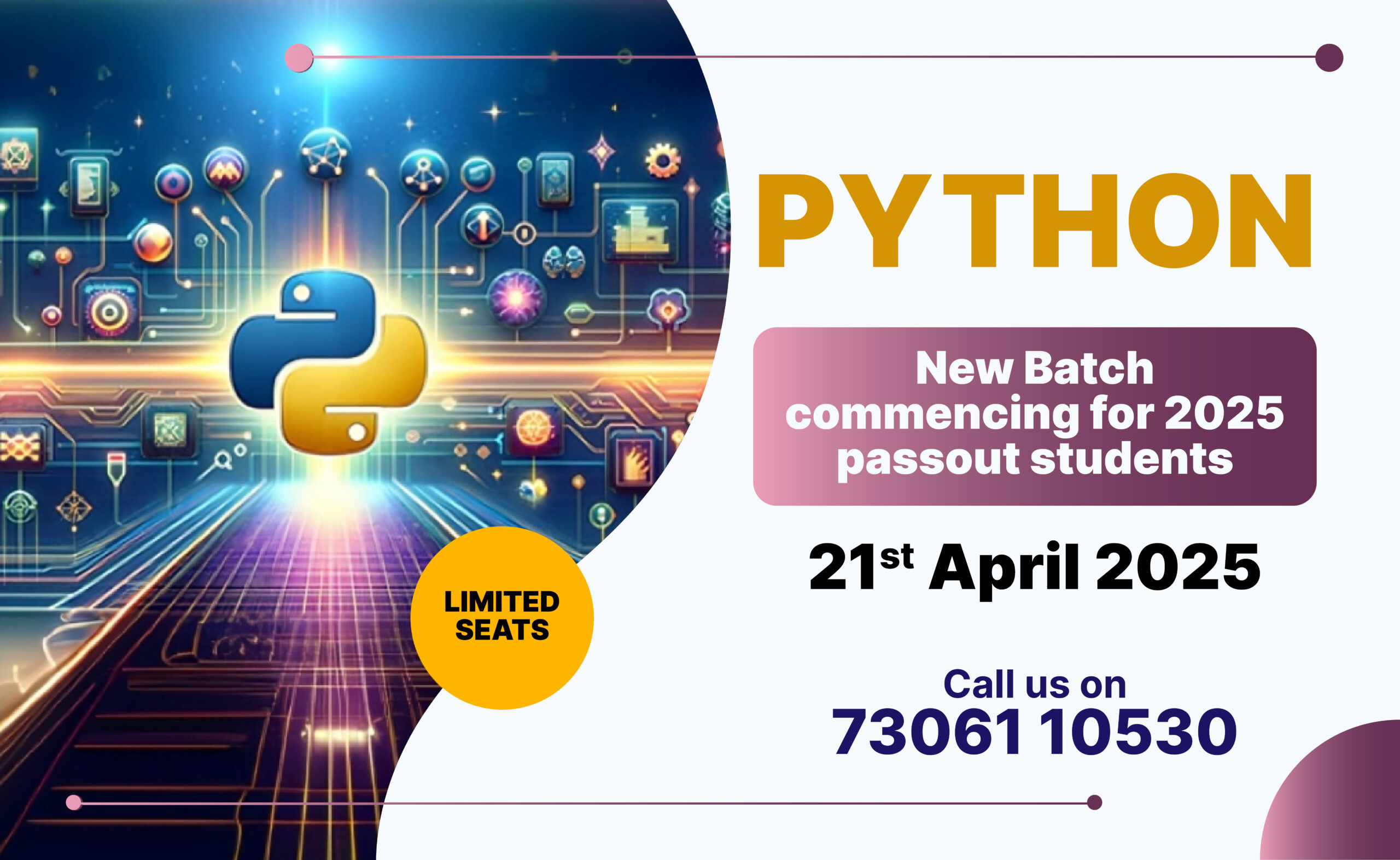


0 Comments